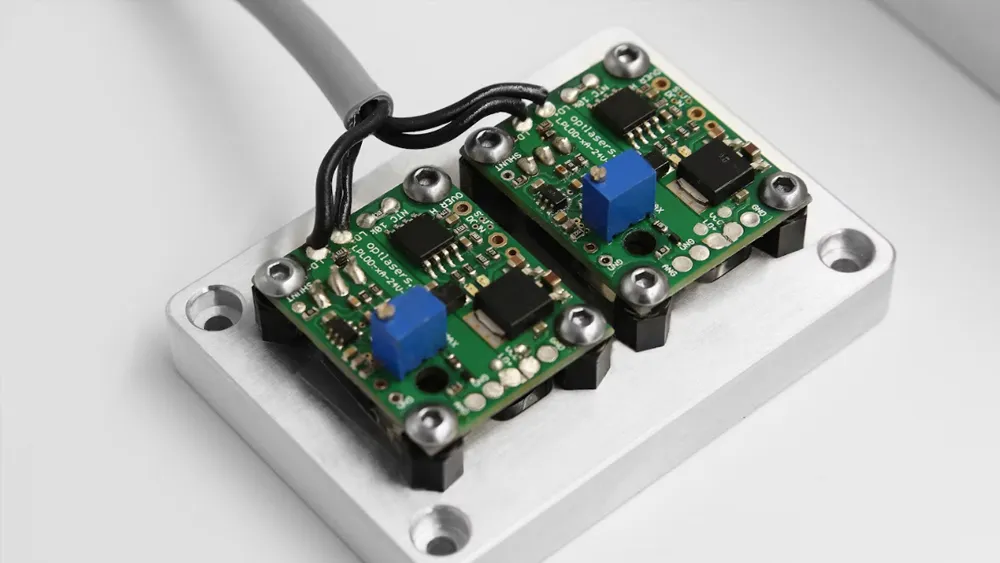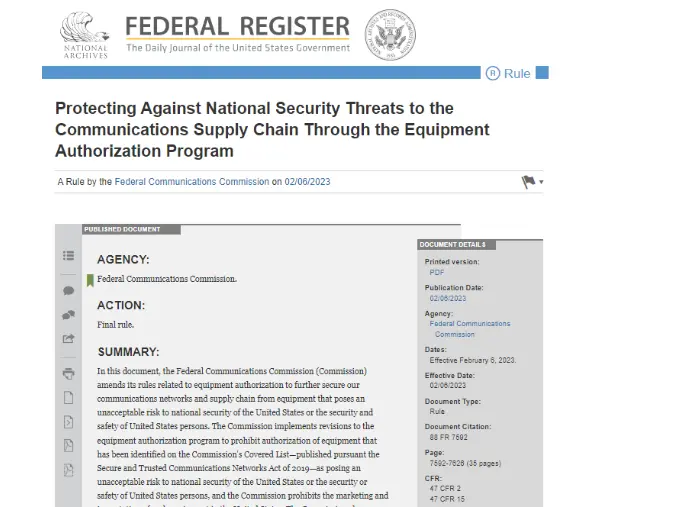
Electric Toys, Baby Carriers & Dolls EU Compliance
Exporting toys and baby products to the EU is not as simple as “just selling them.”
Whether it’s hands-free baby carriers, battery-operated toys, or dolls that accompany childhood, all products must comply with strict EU safety regULations and harmonized standards.
From mechanical and physical performance to cheMICal migration, flammability, electronics, and battery safety—every aspect affects market entry and consumer safety.
This article summarizes the key compliance points for these three product categories to help you master EU compliance at once.

Baby Carriers Exporting to the EU:
Standards You Must Follow
Q: According to the EU definition, which products fall under the category of “baby carriers”?
- Frame Carriers:Equipped with a support frame, suitable for children from 6 months up to 18 kg, designed for seated carrying.
- Soft Carriers:Frameless, suitable for children weighing up to 15 kg, designed to fit snugly against the caregiver’s body.
- Slings:Without full leg openings, only for carrying the child on the caregiver’s torso.
All designs aim to free the caregiver’s hands and facilitate standing or walking while carrying.
Q: Which standards must baby carriers sold in the EU comply with?
- European Standards:Childcare products standards published in the Official Journal of the EU (OJEU). Products meeting these standards are presumed to comply with EU safety requirements.
Main applicable standards include:
- EN 13209-1:2004:Applicable to framed carriers.
- EN 13209-2:2015:Applicable to soft carriers.
> Note: These standards reference parts of the EN 71 series of harmonized standards.
Manufacturer’s Note:All content of the standards must be consulted to ensure compliance with every test requirement and safety standard.
Electric Toys Exporting to the EU:
Key Compliance Points
Q: Which regulations must be followed when selling electric toys in the EU?
- EN 71 Series Standards
The EN 71 series includes 14 parts; those relevant to electric toys include:
- EN 71-1:2014+A1:2018– Mechanical and physical properties
- EN 71-2:2020– Flammability
- en 71-3:2019+A1:2021– Migration of certain elements
- EN 71-10:2005– Preparation and extraction of organic compounds
- EN 71-11:2005– Methods of analysis for organic compounds
- EN IEC 62115:2020
This standard focuses on electrical safety for electric toys, covering:
- Safe use of small batteries
- Battery compartment securing
- Safety of light-emitting toys (e.g., LED lights)
- Safety of remote-controlled ride-on toys
- Creepage and clearance distances to prevent electric shock and fire
> Manufacturers must read the entire standard and adopt the latest version referenced in the OJEU.
Other Requirements:
- Electric toys with wireless communication (Bluetooth, Wi-Fi) must comply with the Radio Equipment Directive (2014/53/EU).
- Toys for children under 36 months have additional safety rules.
Q: Do electric toys need a CE mark for sale in the EU?
Yes. Toys must bear the CE mark to demonstrate compliance with EU safety regulations. Before affixing the CE mark, manufacturers must:
1. Conduct a safety assessment
2. Confirm conformity with essential safety requirements
3. Prepare technical documentation
4. Issue a Declaration of Conformity
After completing these steps, the CE mark can be applied. Refer to the ce marking guide for more details.
Q: What other information must be on electric toy packaging?
- Manufacturer Information:Full details must be clearly indicated on the toy.
- Warnings and Instructions:
- Clearly state potential risks, hazards, and preventive measures
- Many toys, including electric toys, require safety warning symbols
- Toys not suitable for children under 3 years must include warnings like “Not suitable for children under 3 years” along with graphical symbols and specific hazard descriptions
- Warnings should be concise and specify the risk, with detailed explanations in the instruction manual
> Special Note: Warning labels apply only to toys not recommended for children under 3. Manufacturers must still follow other specific regulations for such toys.
- Other applicable labeling information
Dolls Exporting to the EU:
Compliance Essentials for Sellers
Q: What potential risks should be consideRED when producing or sourcing dolls for children?
- Mechanical and Physical Risks:Small parts may cause choking in children under 36 months; sharp edges and points can cause injuries.
- Chemical Risks:Excessive hazardous chemicals may have short- or long-term health effects.
- Electronic Component Risks:Dolls with electronics may involve electrical, light radiation, and battery safety issues.
- Optical Risks:High-intensity light sources (e.g., laser, LED, blue light) may damage eyesight.
- Battery Risks:Short circuits in internal circuits or electronics can overheat batteries or cause explosions, releasing harmful chemicals. Small batteries (AAA or smaller) may cause choking or severe gastrointestinal injuries if swallowed.
Q: Which regulations and standards must be followed when selling dolls in the EU?
- Toy Safety Directive (2009/48/EC):Specifies safety requirements for toys before entering the EU market.
- Harmonized Standards:Toys meeting OJEU-referenced standards are presumed compliant with the Toy Safety Directive.
Key Applicable Standards:
- EN 71 Series:Crucial for toy safety, including relevant parts for dolls:
- EN 71-1:2014+A1:2018– Mechanical and physical properties
- EN 71-2:2020– Flammability
- EN 71-3:2019+A1:2021– Migration of certain elements
- EN 71-10:2005– Organic compounds: sample preparation and extraction
- EN 71-11:2005– Organic compounds: methods of analysis
Special Notes:
- Manufacturers must consult the full EN 71 series to ensure compliance with all relevant safety issues.
- Use the latest standard version referenced in the OJEU, including all amendments.
Additional Requirements:Dolls containing electronics or intended for children under 36 months must meet extra safety standards.
Email:hello@jjrlab.com
Write your message here and send it to us
 What are ASTM F963 and CPSIA?
What are ASTM F963 and CPSIA?
 Comparison of ASTM F963 and EN 71
Comparison of ASTM F963 and EN 71
 How to get CSA C22.2 NO.256:14 Test Report?
How to get CSA C22.2 NO.256:14 Test Report?
 How much is the ISTA Amazon Packaging & Shippi
How much is the ISTA Amazon Packaging & Shippi
 Amazon Product Laboratory Testing Requirements
Amazon Product Laboratory Testing Requirements
 How to Get EPA Certificatio
How to Get EPA Certificatio
 What is EPA Certification in the United States?
What is EPA Certification in the United States?
 What is an FCC Registered Agent?
What is an FCC Registered Agent?
Leave us a message
24-hour online customer service at any time to respond, so that you worry!




